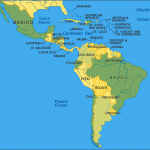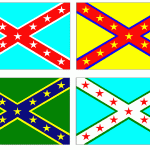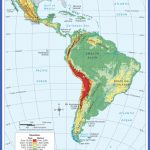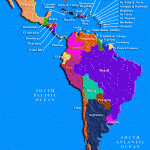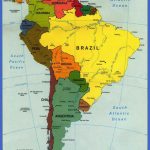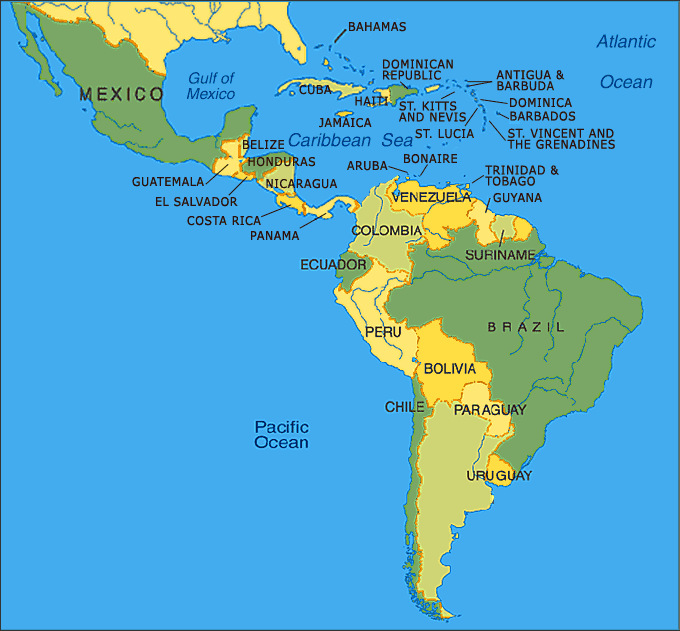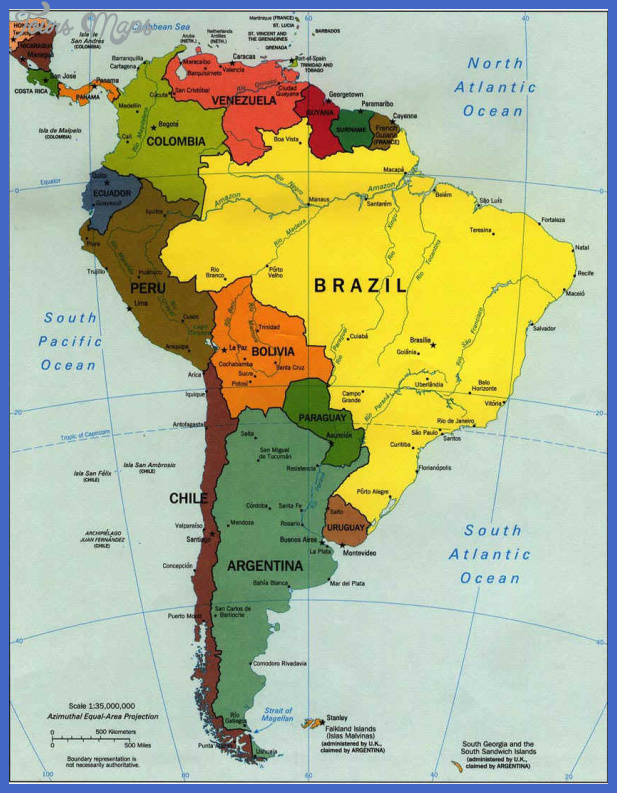South Carolinians’ relationship with Latin America continued after most of the former Spanish colonies in the Americas achieved their independence from Spain in the early nineteenth century. A number of South Carolinians served as envoys to Mexico in the nineteenth century, beginning with Joel Poinsett, who was appointed by President John Quincy Adams as the first minister to a newly independent Mexico in 1825. Adams and Secretary of State Henry Clay asked Poinsett to work with the Mexican government to settle the disputed border between the United States and Mexico and to purchase land in Texas, which at the time was a province of Mexico. The Mexican government’s perception that the United States posed a threat to the country’s sovereignty, and Poinsett’s undiplomatic behavior and general ineffectiveness, led to his recall by President Andrew Jackson in 1829.
Poinsett’s replacement, Andrew Butler, was born in South Carolina, then relocated to Texas. The political appointee’s lack of experience and determination to secure Texas for the United States increased the Mexican government’s distrust of the United States.1 Another South Carolinian, Waddy Thompson, served in Mexico as envoy extraordinary and minister plenipotentiary in the early 1840s. Thompson was generally considered more successful in completing his mission in Mexico, and he is credited with strengthening U.S.-Mexican relations. John S. Cripps of Charleston also served as consul in Mexico in the 1850s.
After Texas claimed independence from Mexico in 1836, the U.S. government’s decision to annex the former Mexican territory led to a war with Mexico (1846-1848). South Carolinians participated in this war, despite a great deal of disagreement over the wisdom of going to war with Mexico over Texas. The Palmetto Regiment, as the South Carolinian fighting unit was called, lost 43 percent of its numbers in combat and to disease, but still proved important to the war: the first flag raised when U.S. troops took the citadel at Chapultepec in Mexico City was the regiment’s palmetto flag. According to South Carolina folklore, soldiers
who had served in the Mexican state of Veracruz and admired its capital city of Jalapa (now usually spelled Xalapa) returned to South Carolina and founded a new community in the state that they called Jalapa.
Just as South Carolinians fought in Mexico, Latinos in South Carolina figured into the Civil War of 1861-1865. David Camden DeLeon, a Sephardic Jew from Camden, South Carolina, whose family had Spanish roots, was named the first surgeon general of the Confederacy in 1861. In addition, Ambrosio Jose Gonzales, a Spaniard who had relocated to Cuba and then to South Carolina, achieved the rank of colonel in the Confederate army and helped to defend the South Carolina coast.
Ambrosio Jose Gonzales’s son, Ambrose Gonzales, was among Latinos in South Carolina who fought in the Spanish-American War of 1898. Enthusiasm for participating in the war against Spain was not high among South Carolinians, perhaps because of the well-remembered Civil War losses. When recruitment of volunteers began, one in three South Carolinians were rejected for military service because of age or medical concerns. The only regiment to reach Cuba was the Second Regiment, and they arrived after combat was over.
South Carolina and Latin America Photo Gallery
Maybe You Like Them Too
- The Best Cities To Visit in The World
- World’s 10 Best Places To Visit
- Coolest Countries in the World to Visit
- Travel to Santorini, Greece
- Map of Barbados – Holiday in Barbados

